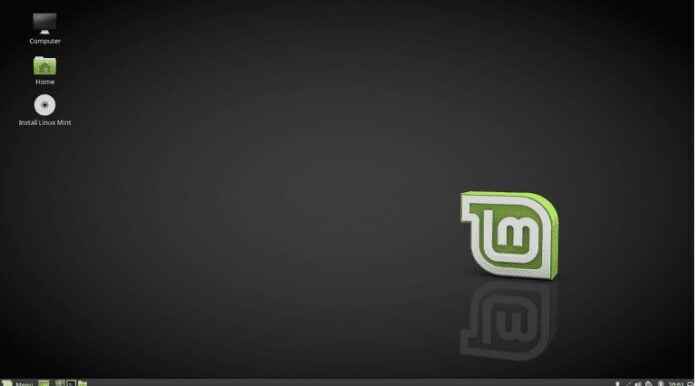Today we will tell you about the best linux desktop environments. Desktop environments are the processes that users do on the computer. image enabling the realization of are interfaces. By adding various features to these interfaces, it is ensured that any operation that can be done from the command line can be done from desktop environments.
Linux/Unix derivativeThe two most used desktop environments in i operating systems KDE and gnome Stop. The differences between these two desktop environments can be listed as follows.
The linux desktop environments we recommend for you;
cinnamon
Cinnamon desktop environment is modern and stylish. The interface will look very familiar to people who have used any version of Windows prior to version 8.
Cinnamon is the default desktop environment for Linux Mint and is one of the top reasons why Mint is so popular.
There’s a single panel at the bottom and a nifty menu with quick launch icons and a system tray in the lower right corner.
There are a number of keyboard shortcuts available, and there are loads of visual effects on the desktop.
Cinnamon can be customized and molded to work the way you want. You can change the wallpaper, add and position panels, add panels to apps, you can also add desktops that provide news, weather and other important information to the desktops.
Unity
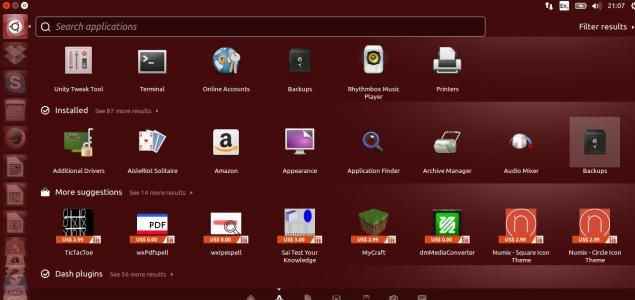
Unity is the default desktop environment for Ubuntu. It offers a very modern look and feel with a standard menu, instead providing a bar with quick launch icons and a line style screen for browsing apps, files, media and photos.
The launcher provides instant access to your favorite apps. The real strength of Ubuntu is its powerful search and filtering feature.
Unity has a number of keyboard shortcuts that make navigating the system incredibly easy.
Photos, music, videos, apps and files are fully integrated into the Dash, saving you the hassle of opening individual programs to view and play media.
You can customize Unity to some extent, though not as much as with Cinnamon, XFCE, LXDE, and Enlightenment. At least now you can move the launcher if you want to do that.
As with Cinnamon, Unity is great for modern computers.
gnome
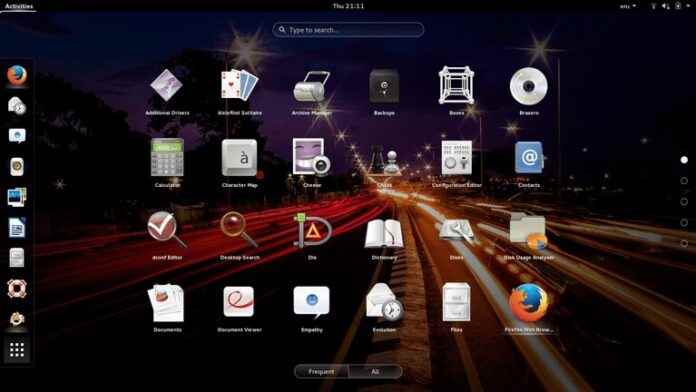
The GNOME desktop environment is like the Unity desktop environment.
The main difference is that the desktop includes a single panel by default. To open the GNOME control panel, on most computers you have to press the super key on the keyboard, which shows the Windows logo.
GNOME has a core set of applications built as part of it, but there are numerous other applications written specifically for GTK3.
KDE Plasma
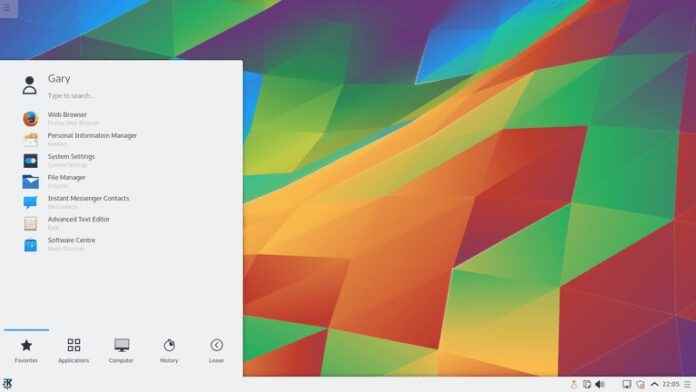
KDE Plasma provides a desktop interface similar to Cinnamon Field, but a little more in the guise of Events.
Overall, it takes the more traditional route with a single panel at the bottom, menus, quick launch bars, and system tray icons.
You can add widgets to the desktop to provide information such as news and weather.
KDE comes with a large number of applications by default.
XFCE
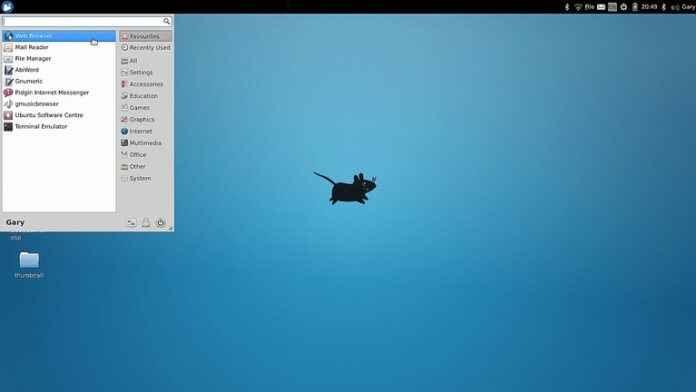
XFCE is a lightweight desktop environment that looks good on old computers and modern computers.
The best part about XFCE is that it’s highly customizable. Absolutely everything is adjustable so it looks and feels just the way you want it.
By default, there is only one panel with menu and system tray icons, but you can add docker style panels or place other panels at the top, bottom, or sides of the screen.
There are a number of widgets that can be added to panels.
XFCE comes with a window manager, desktop manager, Thunar file manager, Midori web browser, Xfburn DVD burner, an image viewer, terminal manager, and a calendar.
LXDE

The LXDE desktop environment is perfect for older computers.
As with the XFCE desktop environment, it’s highly customizable with the ability to add panels in any position and customize them to act like docks.
pantheon
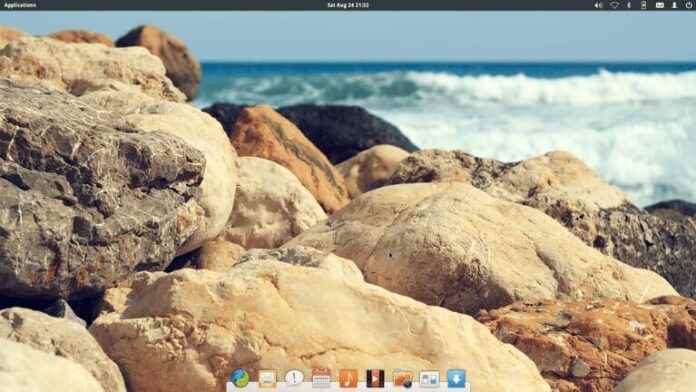
The Pantheon Desktop Environment was developed for the Elementary OS project.
When I think of Pantheon, pixel perfection comes to mind. Everything in Elementary is designed to look great, and Pantheon looks and behaves great on the desktop.
There is a panel at the top with system tray icons and a menu.
At the bottom is a docker style panel to launch your favorite apps.
The menu looks incredibly crunchy.
If desktop environments were a work of art, the Pantheon would be a masterpiece.
In terms of functionality, XFCE and Enlightenment have no customizable features and no apps with GNOME or KDE, but if your desktop experience is just launching apps like a web browser, it’s definitely worth using.
Lighting

Enlightenment is one of the oldest desktop environments and is very lightweight.
Absolutely every part of the Enlightenment desktop environment is customizable and has settings for absolutely everything, which means you can really run it the way you want.
This is a great desktop environment to use on older computers and something to think about over LXDE.
Virtual desktops stand out as part of the Enlightenment desktop and you can easily create a large workspace.
Enlightenment doesn’t come with many apps by default as it launches as a window manager.
See also: How to Wirelessly Transfer Video from Computer to TV?
